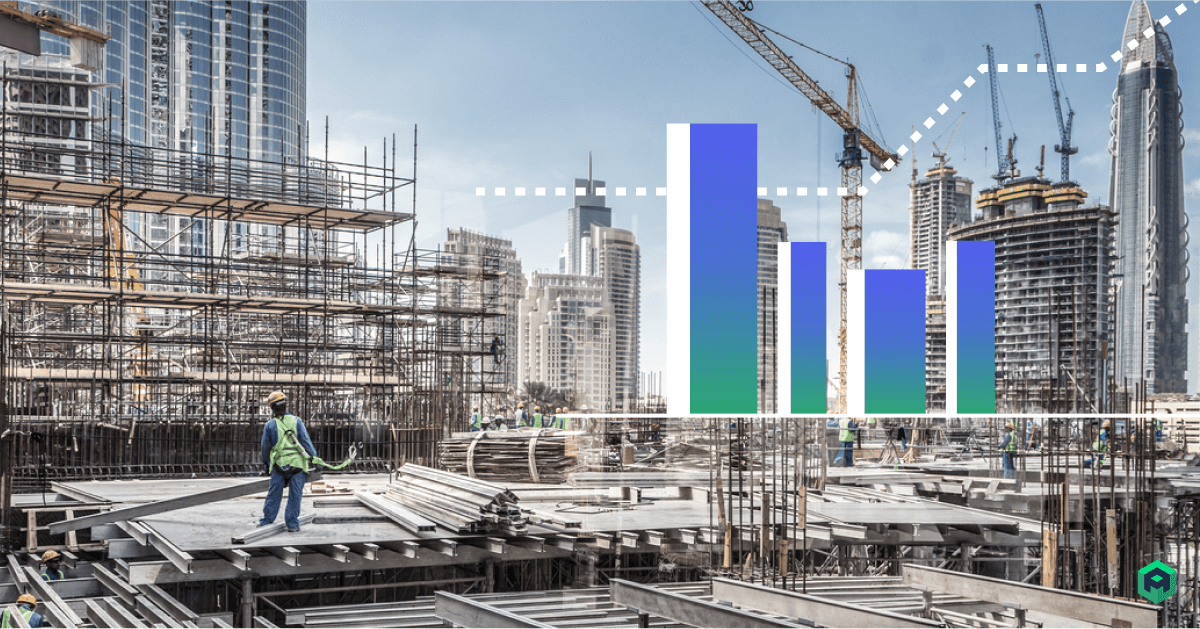While residential real estate development refers to housing and living spaces, commercial real estate development covers a broader range of property types. The process of commercial real estate development may even be more complicated. While there are different types of residential spaces such as apartments, townhouses, and freestanding homes, there are many, many more different types of commercial real estate spaces. Many fortunes have been made through commercial real estate development, but it’s hardly an easy path. So, what is commercial real estate development? After all, to get in on the action, you need to know what’s involved!
The Purpose of the Property
The first thing you need to know about commercial real estate development is that the term commercial refers to many different types of property. Everything from retail and food outlets to office blocks, hotels, petrol stations–and more–are classified as commercial real estate. The trick is not only figuring out what you want to build, but also where you can build, and whether there is a market for your planned development.
Questions to ask yourself before developing a commercial property:
- Is there a site or a building that is appropriate for this type of development?
- Does the zoning allow for this type of property to be built?
- Are there any other local planning regulations that will affect the type of property you want to develop?
- Is there a need for this type of property in this area?
- Will the local economy be able to support the type of business which will occupy the space?
- Are there any site restrictions, such as building height?
- Is the area a flood zone or a fire hazard?
Figure Out the Finances
The best way to start your commercial real estate development journey is by getting an in-depth understanding of the market, finding finance, and finding a buyer or business to rent the property ahead of time. It is incredibly risky to plough ahead and just develop a property that no one needs or is prepared to finance. This part of the process is incredibly difficult for the uninitiated because it involves networking and building trust. It helps if you have your planning and feasibility studies all sorted. Knowing what you want to build, where you can build it and whether the local economy can support it should put you in good stead.
The Lifecycle of Commercial Real Estate Development
Commercial property development may be more complicated than residential property development, but that doesn’t mean the lifecycle is different. With just as much at stake, you have to ensure that every step of the way you are following the correct procedures and staying within the law to ensure that the local council approves of your development.
The commercial real estate development process:
- Write a business plan
- Conduct a feasibility study
- Find investors
- Put together a team of industry experts
- Design the property
- Break ground
- Manage the project
- Market the property if necessary
- Hand the property over to its new owner or lessee
Now that you know what commercial real estate development is, you don’t need to be daunted by the word commercial. With the right mindset, work ethic and organisational skills, the opportunities are endless. For an extra helping hand, consider investing in a comprehensive real estate development platform such as Archistar to streamline your project.


